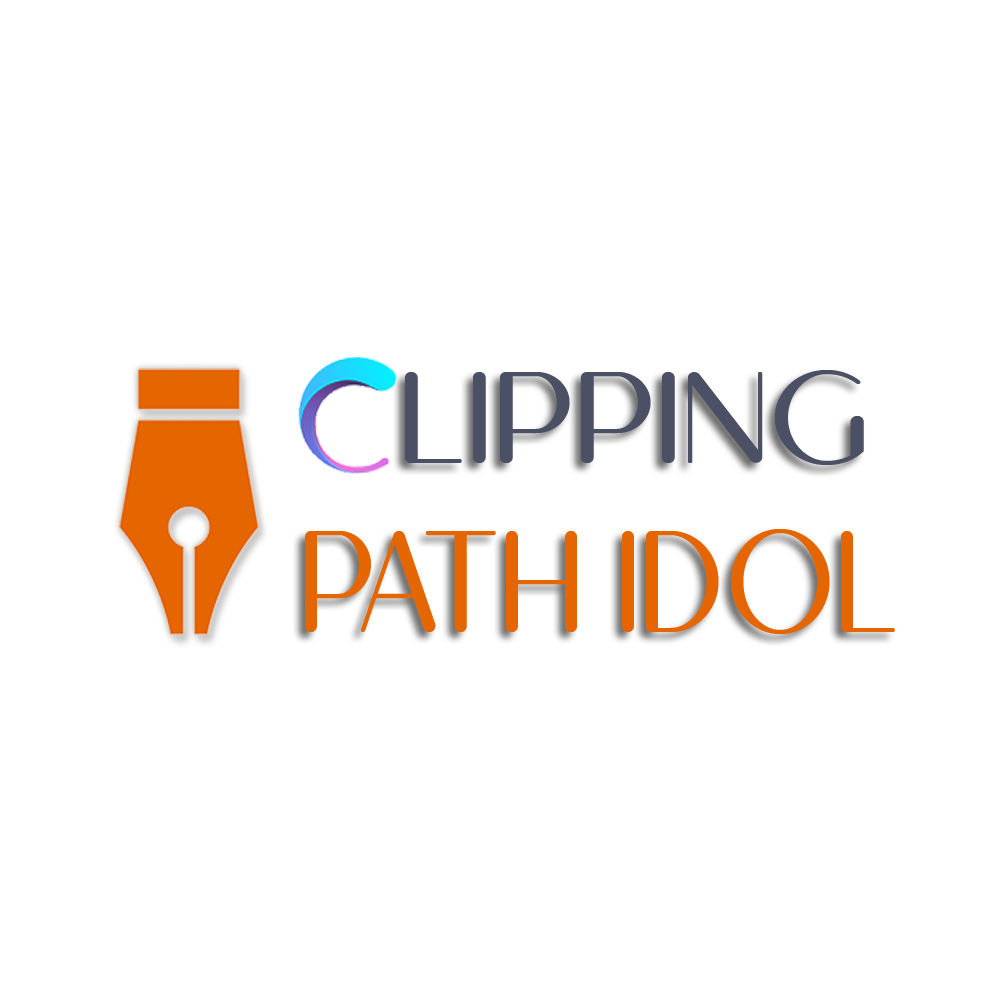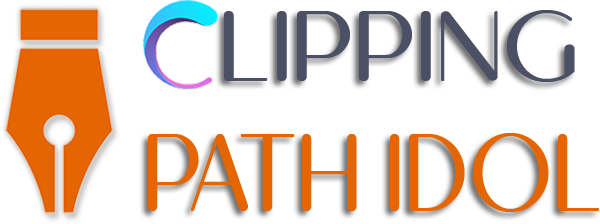Best Image Editing Software for Beginners: Top 10 Easy-to-Use Tools
🖼️ Best Image Editing Software for Beginners
When starting your journey in image editing, choosing the right software can make all the difference. Whether you’re a hobbyist, social media enthusiast, or aspiring graphic designer, user-friendly tools can empower you to create stunning visuals without a steep learning curve. This guide breaks down the top 10 beginner-friendly image editing programs and offers expert advice to help you select the perfect match.
📸 Introduction to Image Editing
Image editing is the process of enhancing or manipulating photographs using various software tools. From correcting lighting issues to adding text overlays, these tools help users transform raw images into polished visuals. For beginners, the goal is to find software that’s both powerful and simple to use.
💡 Why Choosing the Right Software Matters
Choosing the right image editing software impacts not only the quality of your work but also your learning curve and overall experience. Beginner-friendly tools streamline the editing process, enabling you to focus on creativity rather than technical hurdles.
🎯 Benefits of Using Beginner-Friendly Tools
-
Ease of Use: Simplified interfaces reduce the learning curve.
-
Templates & Presets: Quick-start designs help you achieve professional results faster.
-
Tutorial Support: Built-in guides and community forums offer continuous learning.
-
Budget-Friendly Options: Many tools offer free versions or affordable pricing.
🔟 Top 10 Easy-to-Use Image Editing Software
1. Adobe Photoshop Elements
A toned-down version of Adobe Photoshop, Elements is tailored for beginners. It offers guided edits, automated effects, and a user-friendly interface.
Features:
-
Auto creations from Adobe Sensei AI
-
Step-by-step guided edits
-
Photo organization tools
Price: One-time payment of around $99
2. Canva
Perfect for social media graphics, Canva is a drag-and-drop editor with thousands of templates.
Features:
-
Pre-made templates
-
Stock photos and elements
-
Easy-to-use drag-and-drop interface
Price: Free version available; Pro starts at $12.99/month
3. GIMP (GNU Image Manipulation Program)
An open-source Photoshop alternative, GIMP is powerful yet beginner-friendly with a bit of practice.
Features:
-
Advanced photo manipulation
-
Customizable interface
-
Plug-in support
Price: Free
4. Fotor
Fotor combines basic editing tools with design features, making it ideal for quick edits and content creation.
Features:
-
One-tap enhancement
-
Beauty retouching
-
Collage maker
Price: Free basic version; Pro from $8.99/month
5. Pixlr
A browser-based editor that requires no downloads, Pixlr is perfect for light, quick edits on the go.
Features:
-
AI-powered tools
-
Templates for social media
-
Simple UI
Price: Free version available; Premium at $4.90/month
6. PhotoScape X
PhotoScape X is a versatile photo editor for Windows and Mac, featuring batch editing and collage creation.
Features:
-
Batch editing
-
Animated GIF creation
-
Screen capture
Price: Free; Pro version at $39.99
7. Paint.NET
Initially a Microsoft Paint upgrade, Paint.NET is now a reliable editing tool with robust features.
Features:
-
Layer support
-
Unlimited undo
-
Active plugin community
Price: Free
8. BeFunky
An all-in-one graphic designer, BeFunky is great for creating digital art and web graphics.
Features:
-
Smart enhancement tools
-
Cartoonizer effect
-
Easy collage builder
Price: Free version available; Premium starts at $6.99/month
9. InPixio Photo Studio
Focused on one-click enhancements and background removal, InPixio is extremely beginner-friendly.
Features:
-
Sky replacement
-
Background removal
-
Preset filters
Price: Starts at $29.99/year
10. Luminar Neo
Combining AI with a sleek interface, Luminar Neo offers professional-quality edits with minimal effort.
Features:
-
AI-powered enhancements
-
Portrait editing tools
-
Layer support
Price: From $79/year
🔍 Key Features to Look for in Beginner Software
When selecting image editing software, consider these essential features:
-
Intuitive Interface: Clear menus and tools
-
Tutorial Availability: Onboarding and help guides
-
Editing Tools: Basic and advanced options
-
Format Support: Compatibility with popular image formats
-
Export Quality: Options to adjust resolution and file size
🧭 How to Choose the Best Image Editor for You
Not all image editing tools are created equal. Selecting the best one depends on your specific needs, goals, and the type of content you plan to create.
🎨 Consider Your Editing Goals
Ask yourself:
-
Do you need simple touch-ups or detailed graphic design capabilities?
-
Are you creating content for social media, professional photography, or personal projects?
-
How much time are you willing to invest in learning a tool?
If your focus is on quick edits and social media graphics, Canva or Pixlr are ideal. For deeper photo enhancements, Adobe Elements or Luminar Neo offer more powerful tools.
📚 Evaluate Learning Resources
A good image editor for beginners should offer:
-
Tutorial libraries
-
Community forums
-
Responsive customer support
Platforms like GIMP and Paint.NET have thriving user communities and extensive documentation, while Canva and Adobe provide built-in tutorials and walkthroughs.
🚫 Common Image Editing Mistakes Beginners Make
Here are a few pitfalls to avoid when starting out:
-
Over-editing: Applying too many filters or effects can make images look unnatural.
-
Ignoring resolution: Always export in the correct resolution for your platform (web, print, social).
-
Skipping backups: Always save your original files in case you need to revert changes.
-
Neglecting file formats: Use the right formats (JPG for photos, PNG for transparency, etc.)
Tip: Always work on a duplicate of your image, not the original, to preserve your raw content.
❓ Frequently Asked Questions (FAQs)
1. What is the easiest photo editing software for beginners?
Canva is widely considered the easiest, thanks to its drag-and-drop interface, templates, and beginner-focused design tools.
2. Is there free image editing software for beginners?
Yes! Options like GIMP, Paint.NET, and Pixlr are completely free and offer robust features for new users.
3. What’s the best software for beginners on Mac?
PhotoScape X and Luminar Neo work well on Mac, offering ease of use with powerful editing features.
4. Do I need a powerful computer to run image editing software?
Not necessarily. Tools like Canva and Pixlr are cloud-based and run smoothly on most devices, including Chromebooks and older PCs.
5. Can I use image editing software for social media content?
Absolutely! Tools like BeFunky, Canva, and Fotor are specifically tailored for creating social-ready visuals with presets for Instagram, Facebook, and more.
6. How long does it take to learn image editing?
With beginner tools, you can become proficient in a few days to a week. Tools like Adobe Elements provide guided tutorials to accelerate learning.
🏁 Conclusion: Start Your Editing Journey Today
Choosing the right image editing software is the first step in turning your creative ideas into reality. With options ranging from simple drag-and-drop editors like Canva to AI-powered programs like Luminar Neo, there’s something for every beginner.
Start by exploring free tools, take advantage of tutorials, and don’t be afraid to experiment. Remember, every expert was once a beginner. Whether you’re enhancing photos, crafting social media content, or creating digital art, the right tool can make all the difference.

